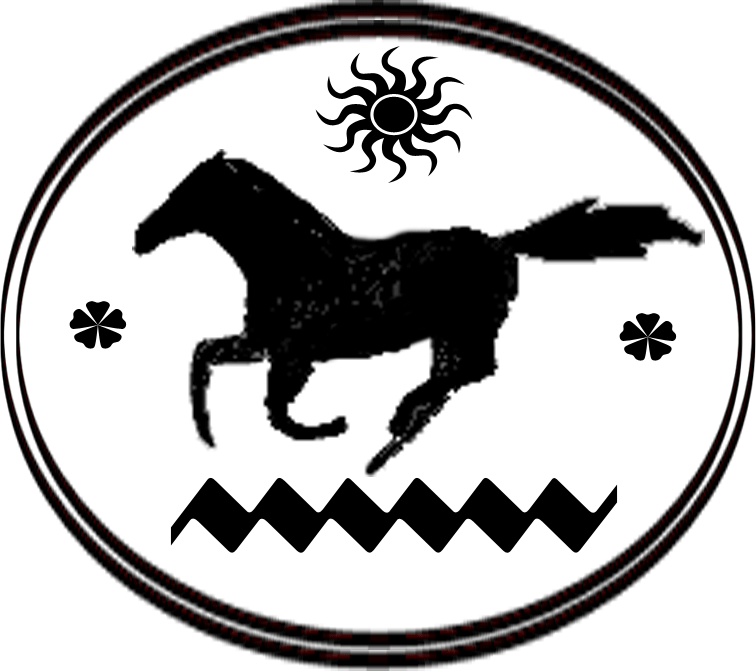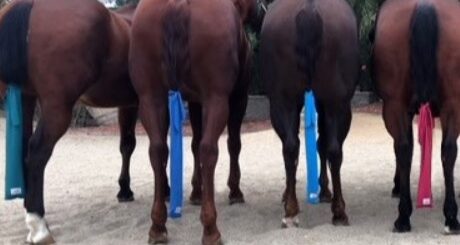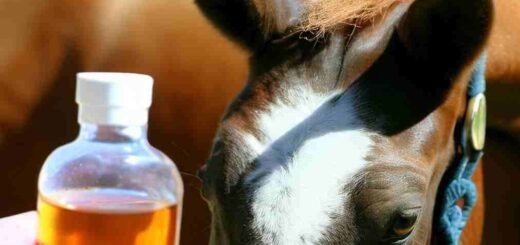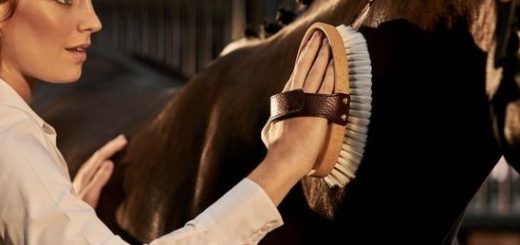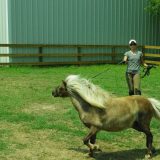What Is Horse Tack?
Any equipment that your horse uses or wears while being ridden, looked after, or handled is known as horse tack. Items including saddles, bridles, halters, girths, reins, and lead ropes fall under this category. Horse equipment is crucial for the comfort and safety of the rider as well as the horse. For various disciplines and objectives, different kinds of horse equipment are utilized. In this post, I’ll go through a few popular categories of horse equipment and how they’re used.
Saddles
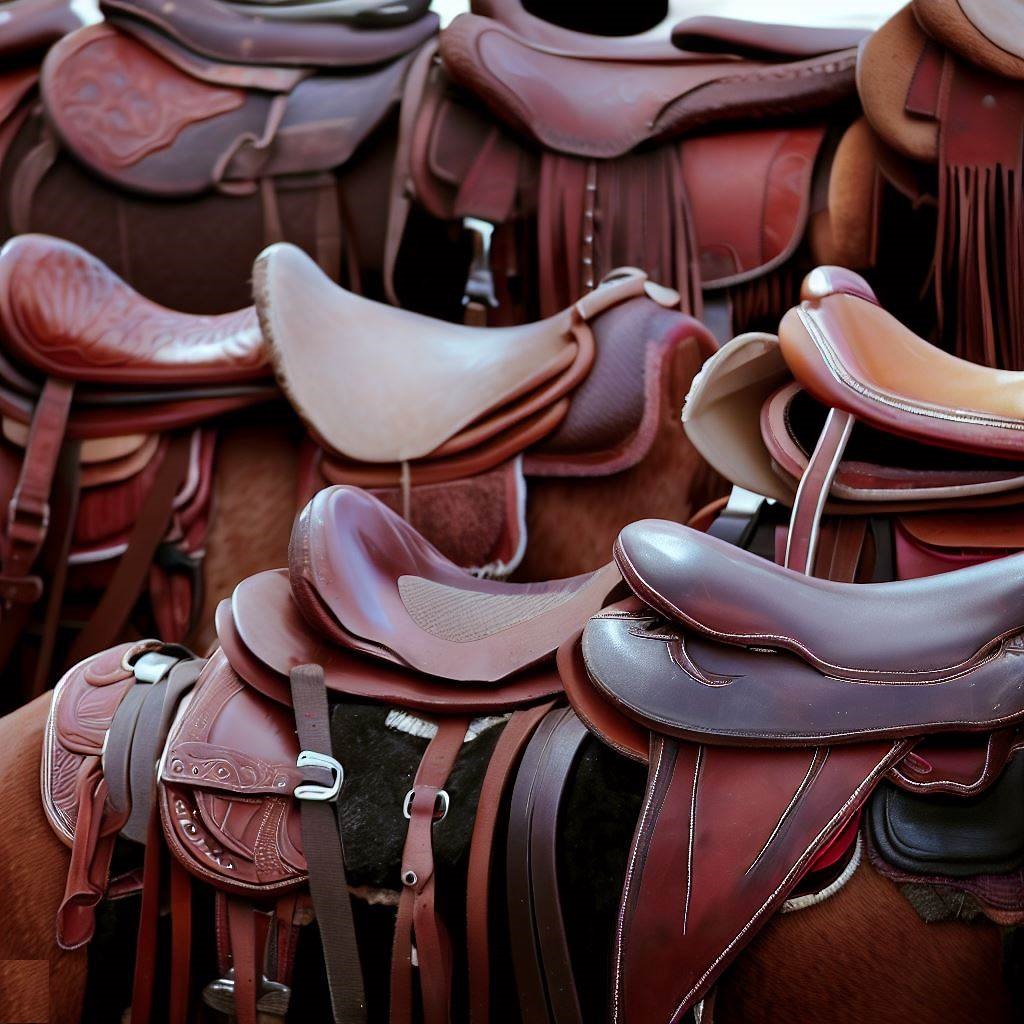
A girth or cinch is used to secure the saddle, which is a padded seat, to the horse’s back. A saddle offers the rider stability and support as well as comfort and safety for the horse’s back. Depending on the rider’s preferences and riding style, there are many different types of saddles. Among the most popular kinds of saddles are:
- English saddles: For English disciplines like dressage, jumping, eventing, and hunting, these are flat, light saddles. English saddles lack a horn or swell and instead have a pommel and a cantle at the front and back of the seat, respectively. They also have stirrups and stirrup leathers that hang from metal bars on the saddle tree. English saddles require a saddle pad or a numnah underneath to prevent rubbing and chafing.
- Western saddles: Western sports like trail riding, barrel racing, roping, and reining need for bigger, more elaborate saddles. Western saddles have a horn or swell up front that can be used to support the rider or grip a rope. Additionally, they have a high cantle at the back of the seat, which enhances safety and comfort during long journeys. To prevent rubbing and harm to the rider’s legs, stirrup leathers and fenders are included in western saddles. Although a saddle pad is not typically required underneath a western saddle, some riders may choose to do so for added comfort or aesthetics.
- Bareback pads: With a girth or cinch, these basic pads are fastened to the horse’s back. They lack a saddle tree or any other kind of support system for the rider. They are primarily utilized for recreational riding or training. While bareback pads offer some grip and comfort for the rider, they do little to stabilize or protect the horse’s back.
Bridles
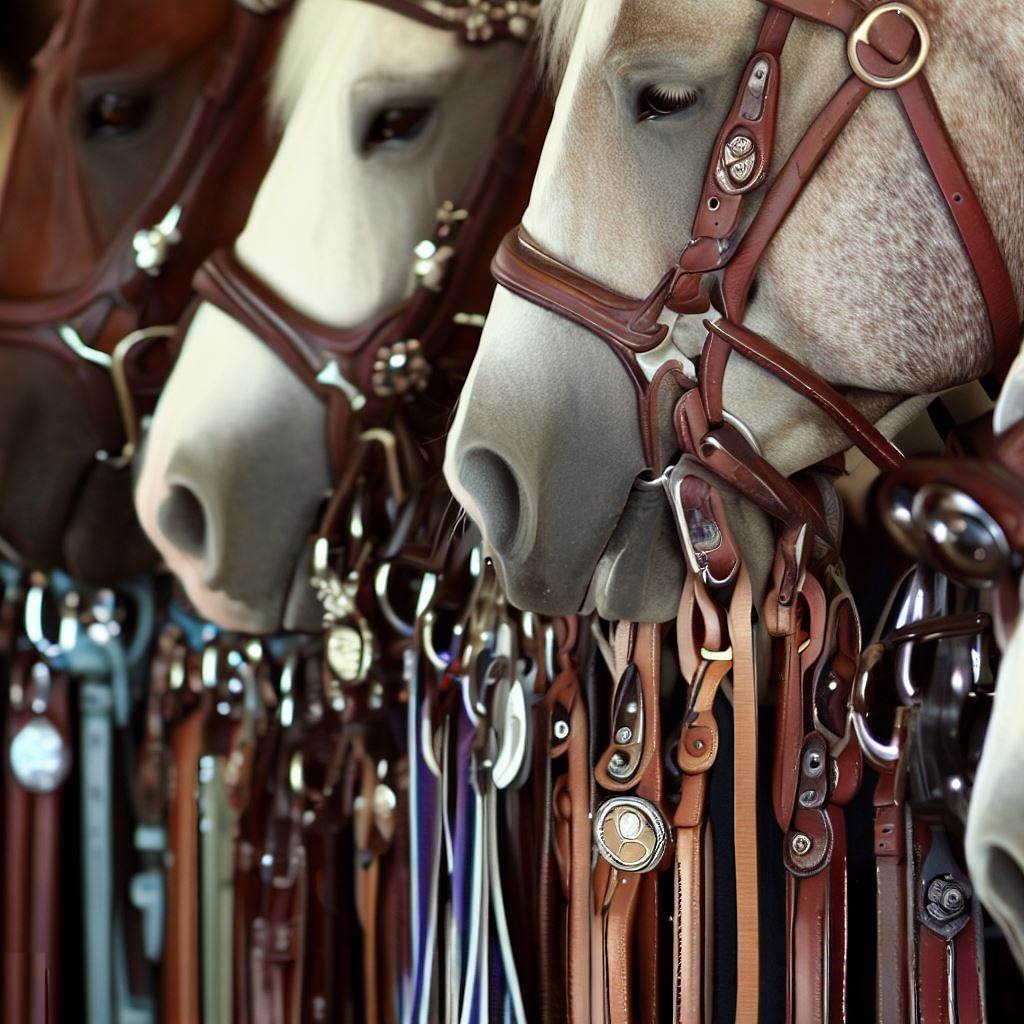
A set of straps that go over a horse’s head and maintain a bit in its mouth make up the bridle. A bridle gives the rider the ability to communicate with the horse through pressure and cues on the bit and reins. A bridle can be used to control the horse’s direction and speed as well. There are numerous varieties of bridles, depending on the rider’s tastes and riding style. Here are some of the most common bridle types:
- Snaffle bridles: These are simple bridles that consist of a headstall, a bit, and reins. The bit is often a snaffle bit, which has a jointed mouthpiece that acts on the horse’s bars (the area between the teeth), corners of the mouth, and tongue. Most English disciplines and several Western disciplines use snaffle bridles. They are appropriate for trained horses that respond well to gentle pressure.
- Curb bridles: These more sophisticated bridles have a headstall, a bit, reins, and occasionally other accessories like a noseband or browband. The bit is typically a curb bit, which acts on the horse’s bars, tongue, chin groove, and poll (the top of the head) with a firm mouthpiece. Additionally, curb bridles have cheeks or shanks on either side of the bit, which increase pressure when the reins are pulled. Some English disciplines and the majority of Western disciplines employ curb bridles. They are appropriate for horses that require more direction and control from the rider.
Halters
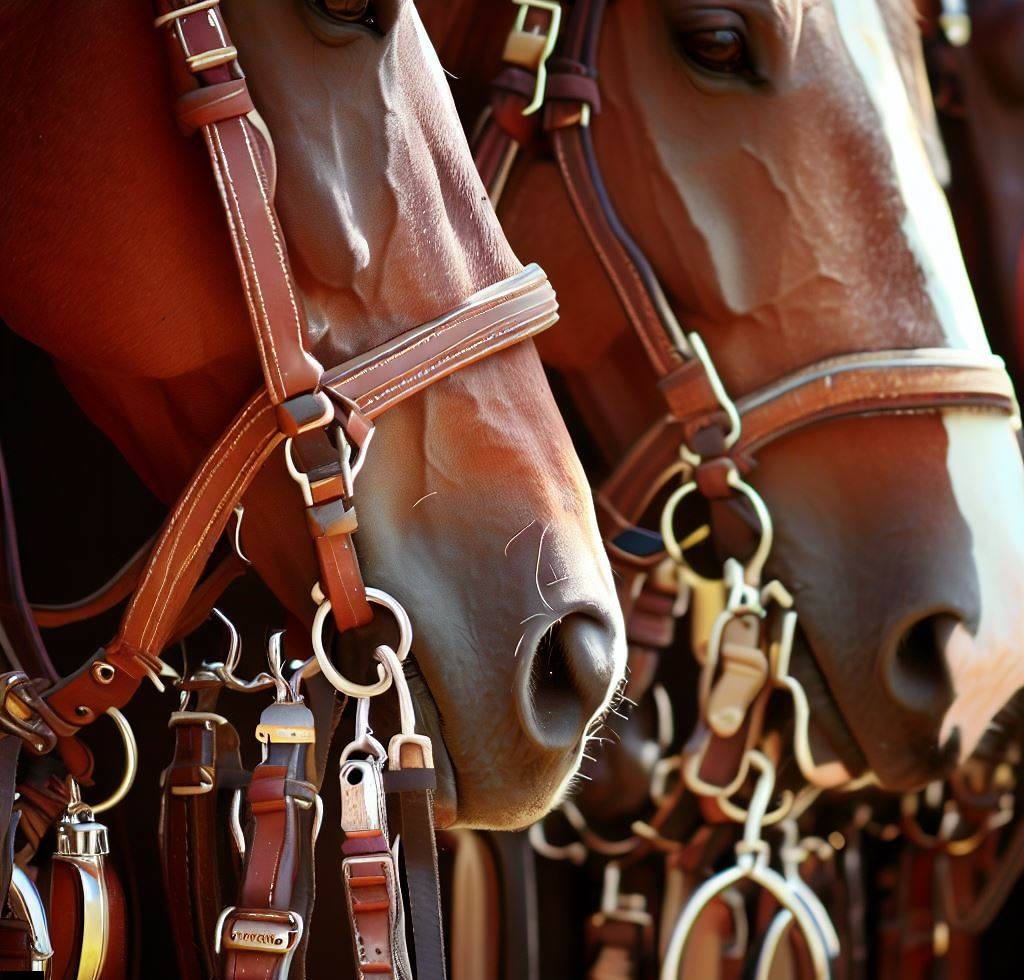
A series of straps known as a halter is placed around the horse’s head and connected to a lead rope or tie ring. When a horse is not being ridden, a halter is used to control, lead, or restrain it. A halter can also be used to instruct a young or untrained horse to yield to head pressure and comply with handler commands. Depending on the halter’s construction and design, there are various types of halters. Several of the most popular kinds of halters include:
- Leather halters: These leather strap-based halters are classy and enduring. Leather halters are the best choice for turnout and shipping since they are breakable in the event that the horse gets tangled up and suffers major harm. Leather halters are also easily replaceable or repaired. There are many different designs and pricing points for leather halters, and some of them come with adornment or padding for added comfort.
- Nylon halters: These are strong and colorful halters that are made of nylon webbing. Nylon halters are easy to clean and maintain, but they are not suitable for turnout or shipping because they are very hard to break if the horse gets entangled. Nylon halters can also cause rubbing or irritation on the horse’s skin if not fitted properly. Nylon halters come in many colors and sizes, and some have breakaway tabs or leather crownpieces for added safety.
- Rope halters: These halters are constructed of rolled nylon rope and are straightforward and adaptable. Rope halters have knots instead of metal buckles or snaps, which puts pressure on the horse’s head. Rope halters are used for groundwork and training because they can teach the horse to react to the handler’s subtle instructions. Rope halters are likewise portable and lightweight, but if used incorrectly or excessively, they can be painful to the horse’s face.
Other Horse Tack
Besides saddles and bridles, there are other types of horse tack that are used for various purposes. Some of these are:
- Girths: These straps round the horse’s belly and hold the saddle firmly in place. Girths can be created from a variety of materials, including leather, nylon, cotton, neoprene, fleece, and more. Additionally, they can be different sizes, shapes, and include elements like elastic ends, rings, buckles, and snaps. Girths should be examined and adjusted both before and while riding. They should be snug but not too tight.
- Reins: These straps, which are attached to the bit, provide the rider control over the horse’s head and neck. Leather, nylon, cotton, rubber, and other materials can all be used to make reins. They can also be split reins, loop reins, draw reins, side reins, and other forms and lengths. The level of training and responsiveness of the horse should be taken into account when adjusting the reins, which should be held with a light but strong contact.
- Bits: These are objects made of metal or plastic that fit in the horse’s mouth and fasten to the bridle. Bits come in a variety of sizes and varieties, including snaffle, curb, pelham, gag, and hackamore bits. Bits function by exerting pressure on the horse’s mouth, chin, tongue, bars, or poll. Bits should be carefully selected based on the anatomy, temperament, discipline, and riding ability of the horse.
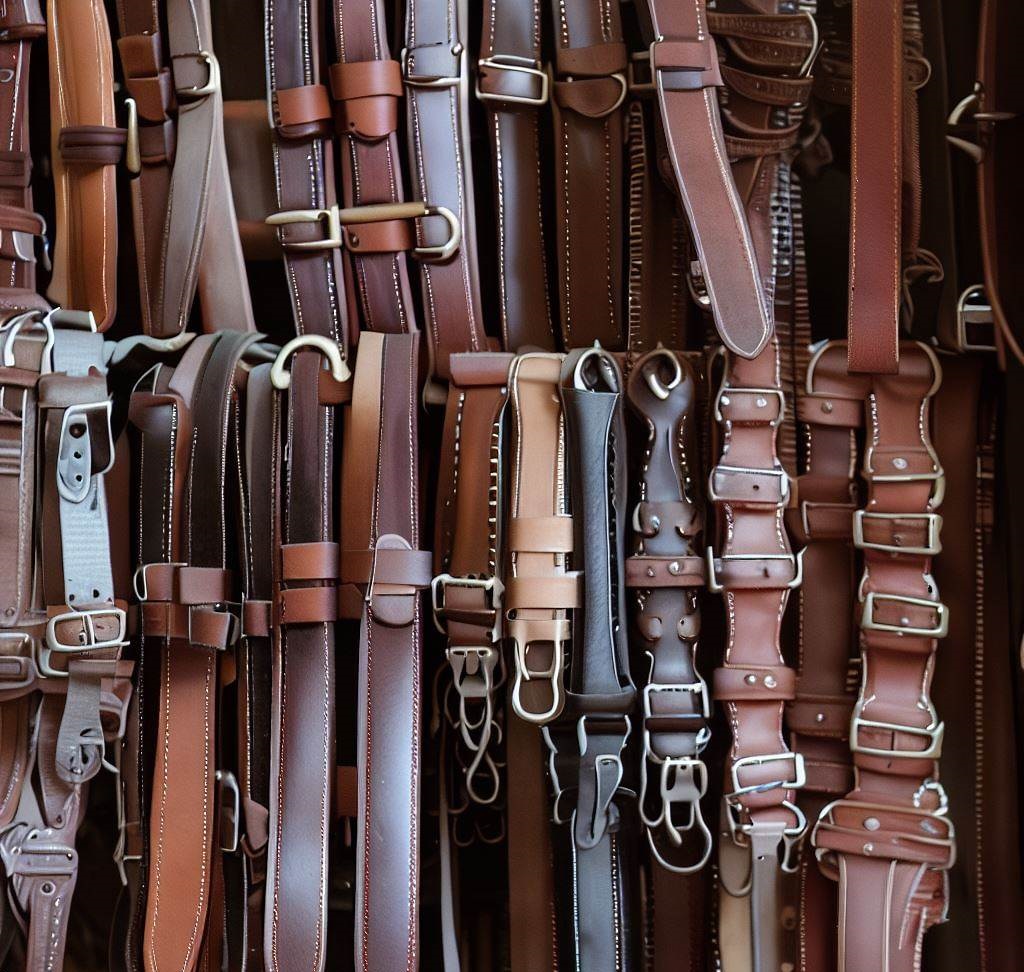
Conclusion
Any equipment that your horse uses or wears while being ridden, looked after, or handled is known as horse tack. Horse equipment is crucial for the comfort and safety of the rider as well as the horse. For various disciplines and objectives, different kinds of horse tack are utilized. Saddles, bridles, halters, girths, reins, and bits are a few examples of common horse tack. To provide the best performance and wellbeing, horse tack should be correctly chosen, fitted, cleaned, and maintained.
